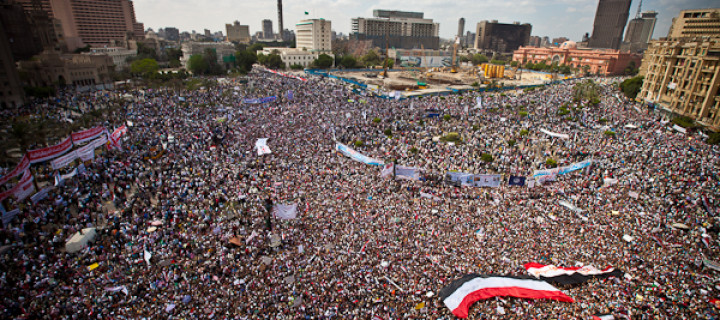Abstract
This article examines the power of mass mobilization during the January 25 revolution in Egypt and analyzes how popular protests succeeded in toppling Mubarak’s regime in eighteen days. Because the Mubarak regime rested on three pillars—the security forces, the National Democratic Party, and the military—this article paper assesses the strategies and tactics the mass uprisings used to overcome the first two pillars and neutralize the third. It views the January 25 revolution not as a sporadic act, but as a cumulative process that built up over several years of political repression, economic mismanagement, social injustice, police brutality, and political activism. This article examines the structural causes behind the revolution and the role of influential actors, opposition forces, and organizations, including the pro-change movements, the April 6 movement, the Muslim Brotherhood, the Popular Campaign for the Support of ElBaradei, and labor unions. It also assesses the crucial mistakes that the Mubarak regime made that contributed to its demise and wordpress discusses the successful use of traditional and modern mobilization strategies and the tactical use of nonviolent strategies. Finally, this article discusses the ambiguous role of the military in the revolution and raises questions about its role in the transition.




